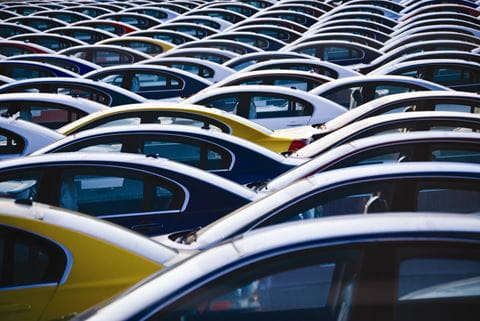With 15,700 employees worldwide and over 60 years of experience, ALD Automotive, part of the Ayvens Group, provides full-service leasing, flexible subscription services, fleet management services and multi-mobility solutions to customers of all sizes, including large corporates, SMEs, professionals and private individuals.
In a world that needs more intuitive and more sustainable ways of moving, we’re committed to making life flow better for all our customers, from large corporates to private individuals. We help people get from A to B – but it’s about much more than that. Because we also believe in creating journeys that make you smile.
If you are a new customer looking for support with your fleet, please visit our main Ayvens website to get the relevant support.








